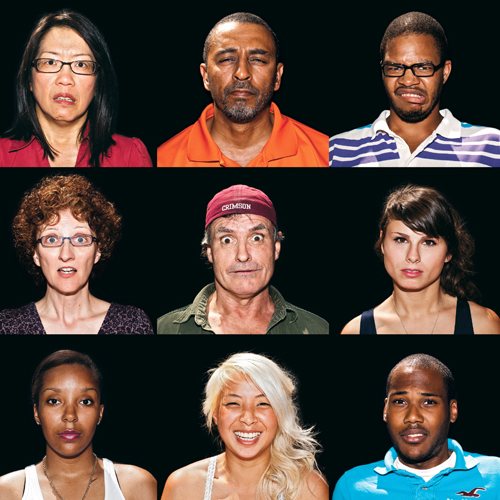
After reading the article Emotion Perception Across Cultures, I was really intrigued that a lot of the examples and cases they used were related to people of Japanese descent, as I have always been interested in the social differences between the American culture and Japanese culture specifically. I have a lot friends who are first generation Japanese-Americans, and from meeting them and their families, and learning so much about their culture I have always noted the etiquette differences in our cultures. Also, just like in the article, I have always noticed a difference when I am with my friends by them selves, as well as when they are around their families, that they are always more displaying of their emotions, and their reactions are pure and unfiltered when around non-Japanese companions, but when they are around their families, typically the same emotions are toned down, or in their words “more modest”.
I can’t say that any of this is much of a surprise, as I have been raised in a very traditional middle eastern household, that shares a lot of similarities, where it is often seen as inappropriate to laugh as heartily, or show disgust or fear as visibly as one would like.
Another great example that the article brought forward, is the attentiveness to different parts of the face in the two cultures. I have always noticed how much more important eye contact and sometimes, the lack thereof is in Eastern cultures, where as the mouth in my experience, and at times the eyebrows are the main point of attention when addressing emotions, here in the West.
I think the way we can mesh our cultures bends on the rules of universality and cultural display rules together. The universality what faces of anger, disgust, fear, happiness, sadness, and surprise, look like, help us understand a non-verbal language, where as what hinders our universality is the cultural display rules of how well we are allowed to express ourselves, and how strongly we allow those emotions to show. They explain the experiences I’ve encountered in the sense that universality helps me understand that we all feel the same way, and that emotions are shared, but the cultural display rules explain the manner of how and why those universal emotions can sometimes be stumped.